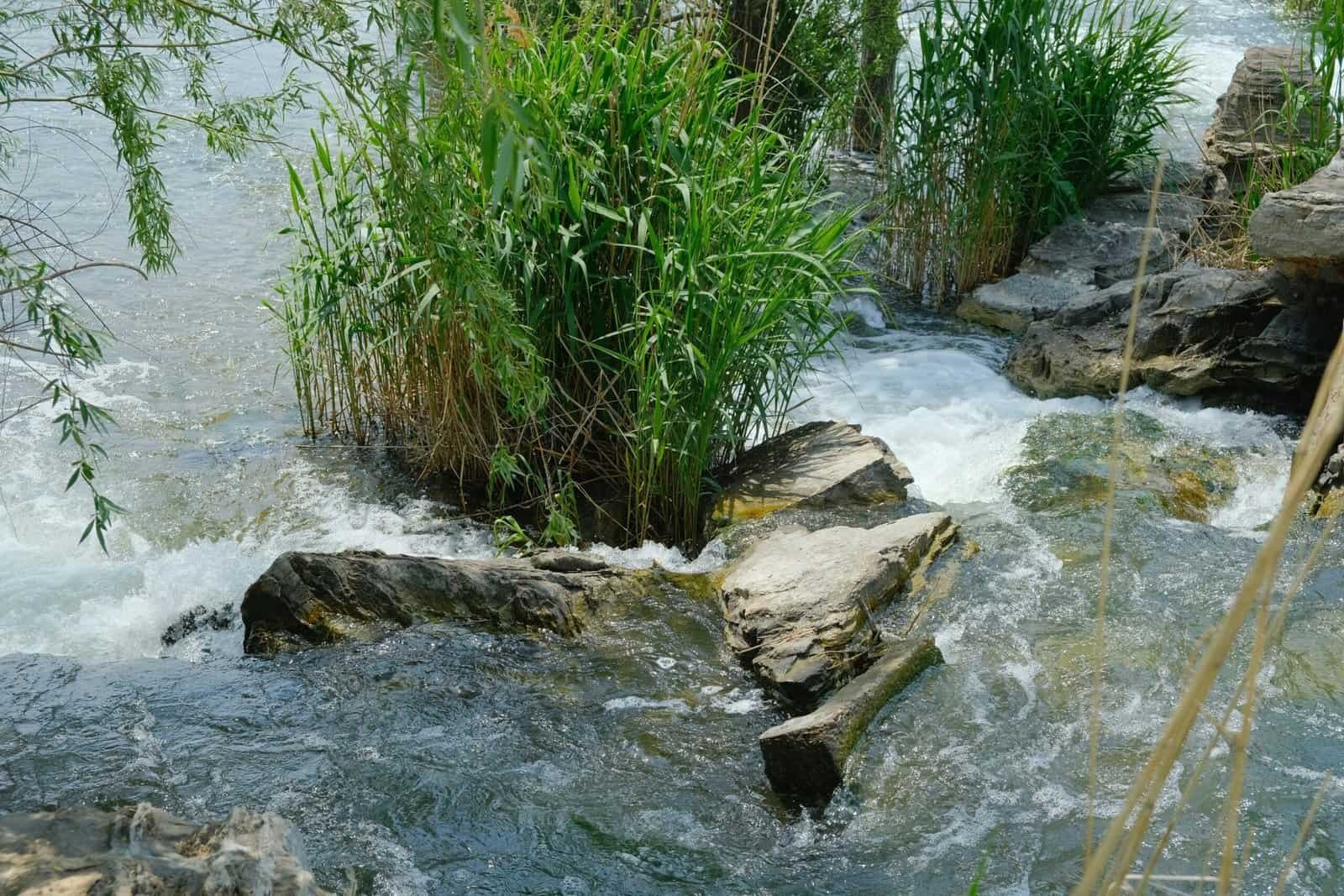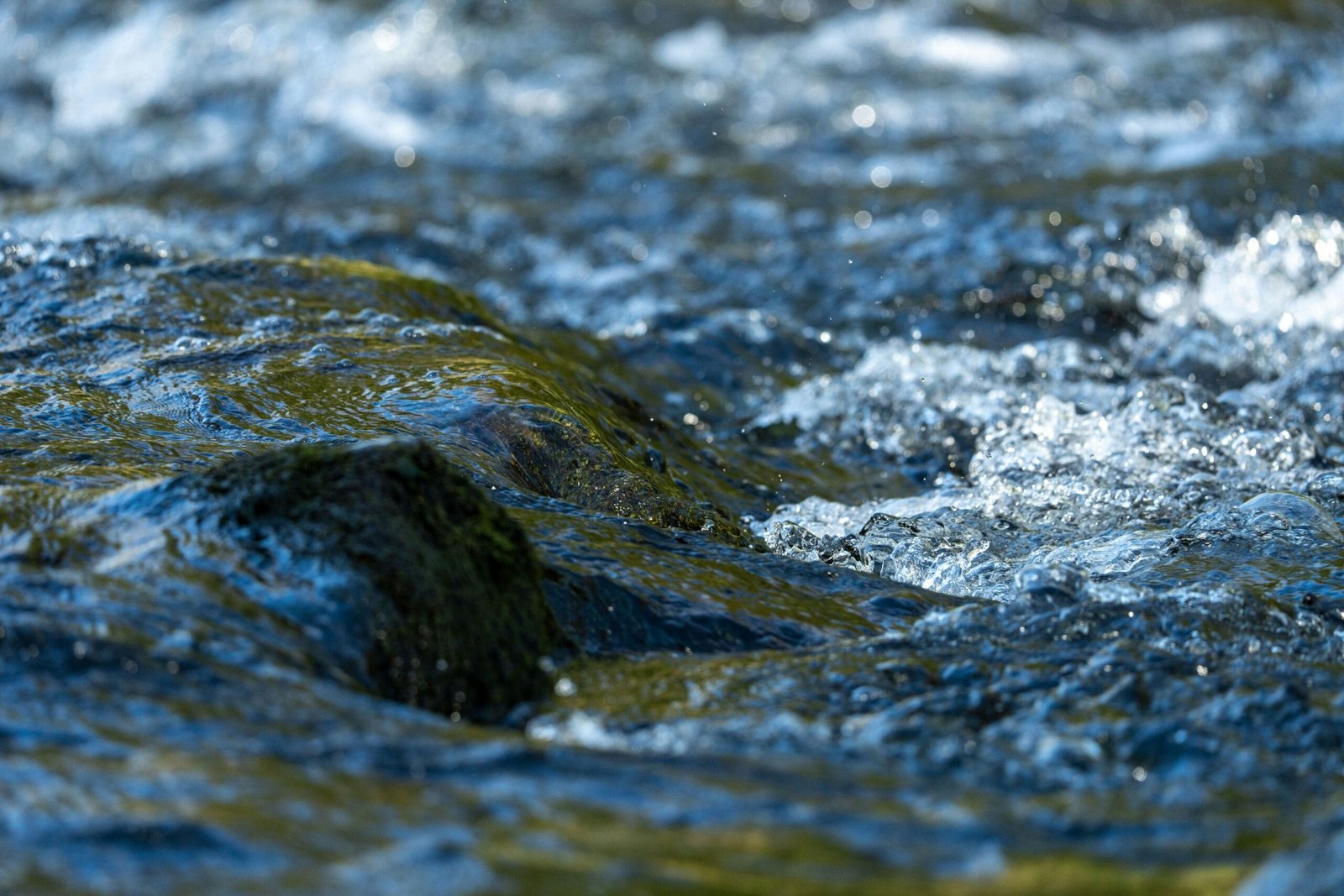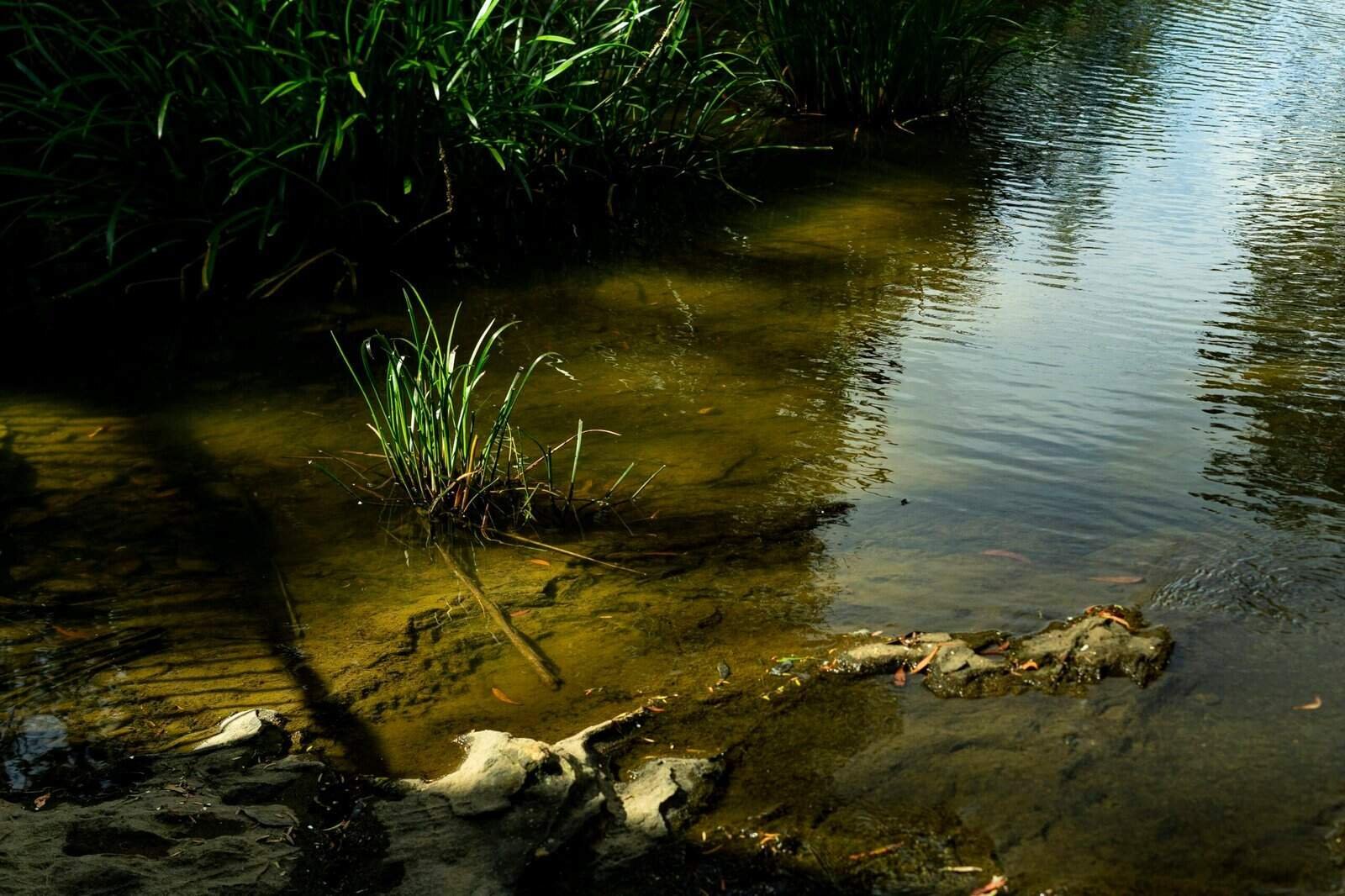Have you ever worried about how surface runoff might affect your well water? If you’re nodding your head, you’re definitely not alone. Protecting your well from surface runoff is essential to ensure you have access to clean and safe drinking water. This issue can be daunting, but understanding it better can lead to effective solutions.
Understanding Surface Runoff
Surface runoff occurs when water from rain, melting snow, or other sources flows over the surface of the ground. It can collect various contaminants such as soil, chemicals, and waste, which may eventually seep into your well. However, understanding the nature of surface runoff can help you better protect your water source.
What Causes Surface Runoff?
Several factors contribute to surface runoff, including heavy rainfall, poorly managed vegetation, and impermeable surfaces like driveways and walkways. When the ground can’t absorb excess water, it will start moving elsewhere, carrying potential pollutants along for the ride.
The Impact of Surface Runoff on Your Well
Your well’s location and the surrounding landscape significantly influence its vulnerability to surface runoff. If your well is downhill from potentially contaminated sites or lacks adequate natural barriers, the risk increases. Contaminants in runoff can lead to severe consequences for your health since they might contain pathogens, chemicals, or other hazardous materials.
Strategies to Protect Your Well
Knowing the potential risks allows you to develop effective strategies to protect your well.
Well Construction and Maintenance
The first step in safeguarding your well is ensuring it’s constructed and maintained correctly. A well with a faulty design or that lacks regular upkeep might be more susceptible to contamination from surface runoff.
Well Design
Initially, a well should be professionally drilled and constructed to keep contaminants out. A well-designed seal and cap helps to prevent entry. A steel or plastic casing should extend a few feet above the ground to minimize surface water entry.
Regular Maintenance
Regular well maintenance, including professional inspections and water testing, can identify potential issues early. Addressing these problems promptly prevents minor flaws from becoming major failures which could allow surface runoff contamination.
Landscape Modifications
Strategically managing your landscape is another effective measure for reducing surface runoff risks.
Grading and Contouring
Proper grading and contouring of the land around your well can create slopes that divert water away. Ensuring the land slopes down and away from your well can prevent pooling around its base.
Vegetative Buffers
Planting grasses, shrubs, or trees around your well can create a buffer zone. These plants can absorb excess water and trap sediments, acting as a filtration barrier that reduces surface runoff contamination.
Managing Impermeable Surfaces
Impermeable surfaces don’t allow water to penetrate the soil, causing increased runoff.
Reducing Impermeable Surfaces
Minimizing the area covered by impermeable surfaces around your well can cut down on runoff. Using permeable paving alternatives can allow water to seep into the ground naturally.
Rain Gardens and Bioswales
Creating rain gardens or installing bioswales can be effective in absorbing and managing runoff. Rain gardens, for instance, are shallow depressions planted with native vegetation designed to collect and infiltrate rainwater.

Understanding Contaminants in Surface Runoff
The contaminants found in surface runoff can vary greatly, but understanding them will help you identify ways to prevent them from affecting your well.
Pathogens
Surface runoff can pick up pathogens from animal waste or failing septic systems that can pose a health risk if they reach your well.
Nutrients and Chemicals
Fertilizers, pesticides, and other chemicals used in agriculture or for lawns can become significant runoff hazards, potentially leading to water contamination in your well.
Sediments
Erosion can cause sediments to be washed into runoff. While this might seem harmless, sediments can transport attached pollutants into your water supply.
Implementing Protective Measures
Consider these measures to enhance the protection of your well from contaminants found in surface runoff.
Improved Septic System Management
If you have a septic system, managing it effectively is crucial. Routine inspections and pumping can prevent leaching of waste into groundwater, which could migrate to your well through runoff.
Manure Management
For those living in rural areas with livestock, proper manure management techniques such as composting or utilizing manure storage facilities can prevent these contaminants from entering surface runoff.

Monitoring Your Well
Regular Water Testing
To ensure your drinking water remains uncontaminated, regularly test your well water. This practice helps you detect changes in water quality early and initiate corrective actions.
Tracking Weather Patterns
Monitoring local weather patterns can give insight into potential runoff risks. After heavy rains or snow melts, priority checks for runoff pathways can help you respond promptly to potential water contamination threats.
Emergency Measures
Despite taking precautions, emergencies might still occur. Being prepared with a response plan can mitigate the impact on your water source.
Water Treatment Systems
Investing in an appropriate water treatment system, such as a filtration or disinfection system, offers an additional safeguard against contaminants that surface runoff might introduce.
Emergency Water Storage
Having a stored water supply ensures you have access to safe drinking water if your well becomes contaminated. This emergency measure can be particularly vital in the case of sudden or unexpected events affecting water quality.

Summary and Action Plan
Protecting your well from surface runoff involves a multipronged approach encompassing construction, landscape management, regular monitoring, and emergency preparedness. By identifying potential risks and implementing these protective measures, you can ensure the safety and purity of your water supply.
Develop a Regular Maintenance Schedule
- Schedule professional well inspections annually.
- Plan for periodic water testing to maintain awareness of your water quality.
Modify Your Environment
- Create slopes away from your well to guide water runoff away.
- Establish vegetative buffers to filter pollutants effectively.
Manage Local Resources
- Reduce impermeable surfaces near the well area.
- Employ advanced septic and manure management practices.
Stay Proactive and Prepared
- Monitor environmental changes and weather patterns.
- Prepare and maintain an emergency water supply.
Through understanding, preparation, and action, you can safeguard your well from surface runoff, ensuring a lasting, clean water supply for you and your family.

